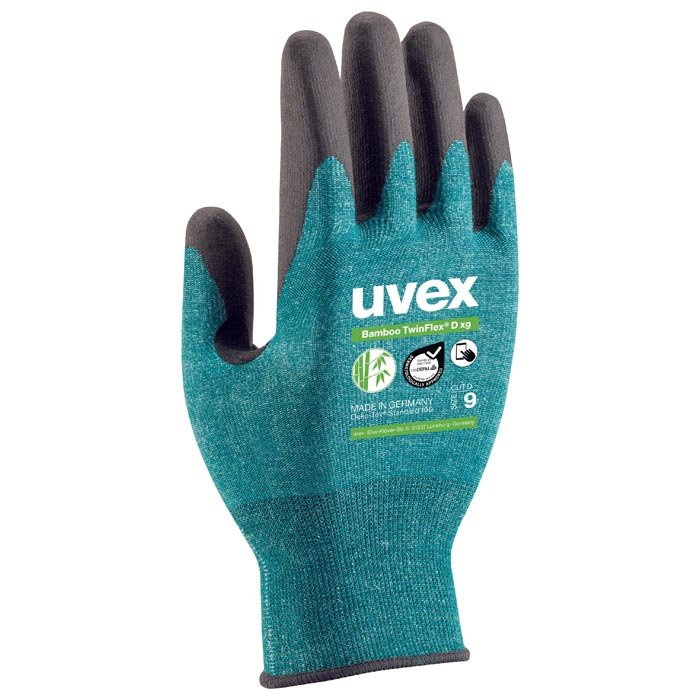Hand injuries often happen to workers as they wear the wrong hand protection or don’t wear any. Furthermore, with countless options for safety gloves in the market, choosing the right protection has become more complex.
Since cut resistant gloves (CRG) are one of the most vital personal protective equipment, selecting the right glove that matches the risks and hazards is a crucial responsibility for employers and safety practitioners.
The following section of the article can provide helpful insight into CRG technologies and the best CRG protection levels in the workplace.
What are cut resistant gloves?
A cut resistant glove is something that, when worn correctly, resists cuts from materials, tools and blades. These gloves also protect the hand against other hazards like abrasions and punctures.
How are they tested?
Gloves only after going tests under artificial conditions get a cut resistance rating. These approved testing methods determine the force needed to pierce through the glove’s material.
While these tests don’t reflect real-world scenarios or applications, they are still the most sought-after method for assessing cut resistance. At present times, there are three cut resistant testing methodologies available. So, to test glove resistance, you must determine which way is acceptable in your jurisdiction.
What materials are considered to be cut resistant?
The materials used in CRGs are:
- Synthetic nylon
- Synthetic polyester
- Kevlar
- Dyneema
- Metal weave or mesh
- Other materials like leather, wool, cotton and rubber
Almost all CRGs are made from either of the above materials or a combination.
How should you pick such gloves?
Numerous factors determine the type of gloves you need to do the job. Following are some valuable tips for selecting the proper cut resistant gloves:
Determine cut resistance level
You can find differential cut resistant ratings that serve as a reference for choosing gloves according to potential hazards. However, you should know that buying gloves with the highest cut resistance levels does not imply that they will provide the workers with the highest degree of safety. You must know the right cut resistance level for a job to get the best control and grip.
Consider the materials
Manufacturers use various materials, from kevlar to cotton, to make these gloves. These materials offer varying levels of cut resistance. For example, cotton gloves barely offer protection unless they have cut resistant liners. Leather provides better resistance than cotton, but it is not suitable for ensuring safety.
If you want gloves with high abrasion and cut resistance, go for materials like polykor, Dyneema or Kevlar. So, you should determine which combination or material will be best suited for your industry, as what works in one industry may not be fit for another.
Try different styles
Choosing the right cut resistant gloves may take a little longer than you expect. While you find the perfect material that offers the proper cut resistance, your workers may need to be more comfortable wearing them. Hence, it is best to get a few styles and check them. Once you complete the testing, you can provide workers with gloves that ensure their safety without hindering their performance.
To ensure that you choose suitable gloves for your employees, you need to have a well-documented process for selection. So, you must have a list of statements to determine what you expect or want from your CRG. This way, you can ask specific questions to the manufacturer. You may also consult with people in the same industry as yours for advice on selecting the best gloves for your employees.



